It’s getting to that time of year again when the roads are a permanently damp and our mountain bike trails are entering their boggy phase. It’s a battle against the elements, but unless you’re riding indoors or under the sun, it’s the only choice! Despite the bone-chilling cold and relentless winds of British weather, winter cycling oddly offers a rewarding sense of accomplishment that cannot be replicated by riding indoors.
Regardless of your bike, prioritising basic winter maintenance can significantly boost both your and your bike’s spirits and save you money. In this article, we’ve rounded up some essential tips to see your bike through winter, ensuring it weathers the storm until spring decides to make its appearance (fingers crossed!)
Lube up!
Winter brings its own challenges—rainy days and salty roads are no strangers. Consider a good quality chain lubricant designed for these tough conditions. Wet lubes outshine dry ones, enduring rain and resisting washout, offering your drivetrain added durability. Riding without adequate lubrication is a sure fire way of accelerating the ware of your drivetrain.
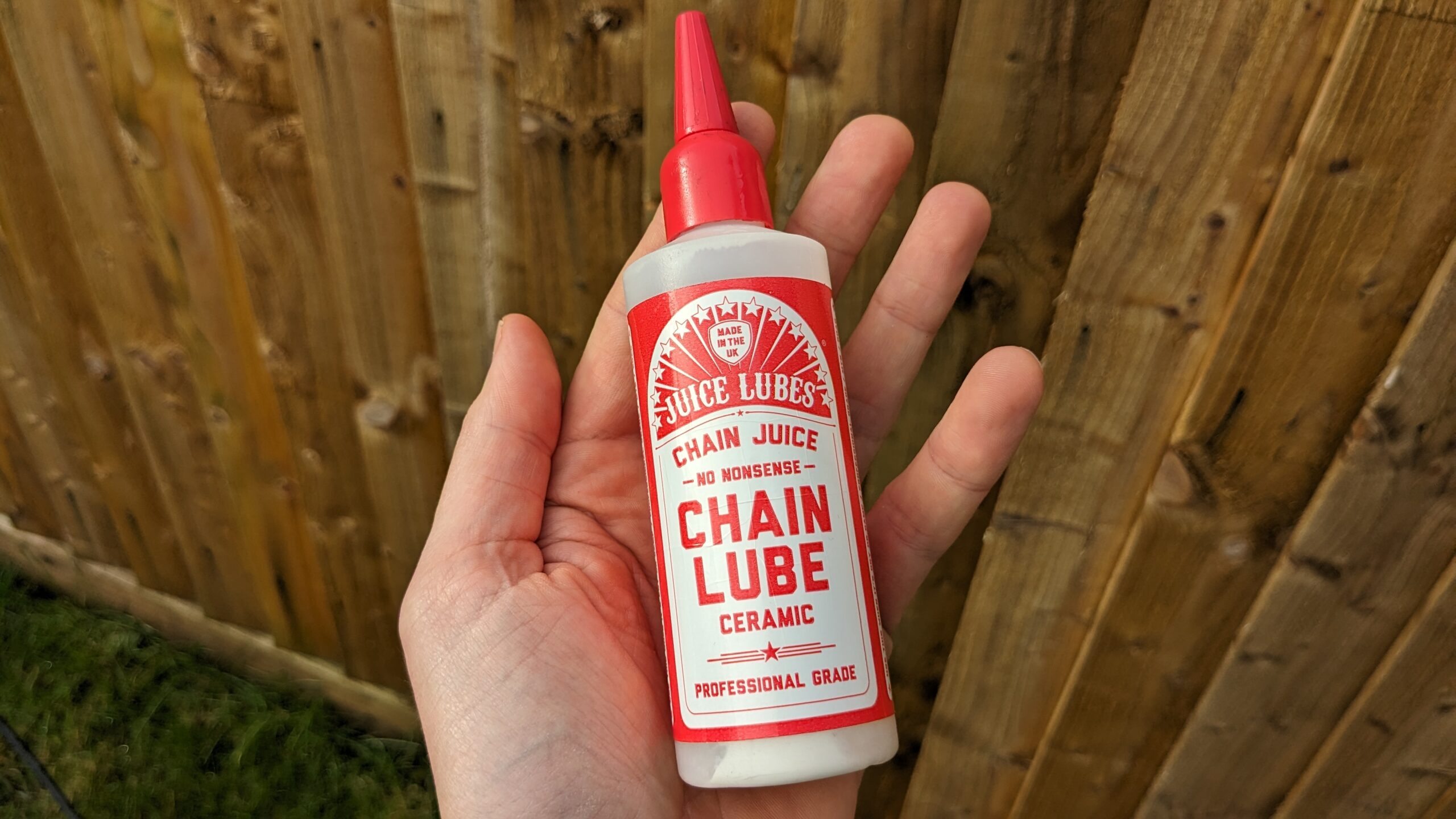
Use a post wash bike spray after every clean
Applying a frame spray after each wash helps repel water, leaving a clean, streak-free surface that mud finds less appealing. There are several options available, and one I recommend is the UK-based Juice Lubes for its effective performance. it also smells lovely, so give it a try! Remember, when using any bike lubricant, shield your brake callipers and rotors at all costs! Old torn t-shirts work well for this purpose. Avoid using oily rags for obvious reasons!
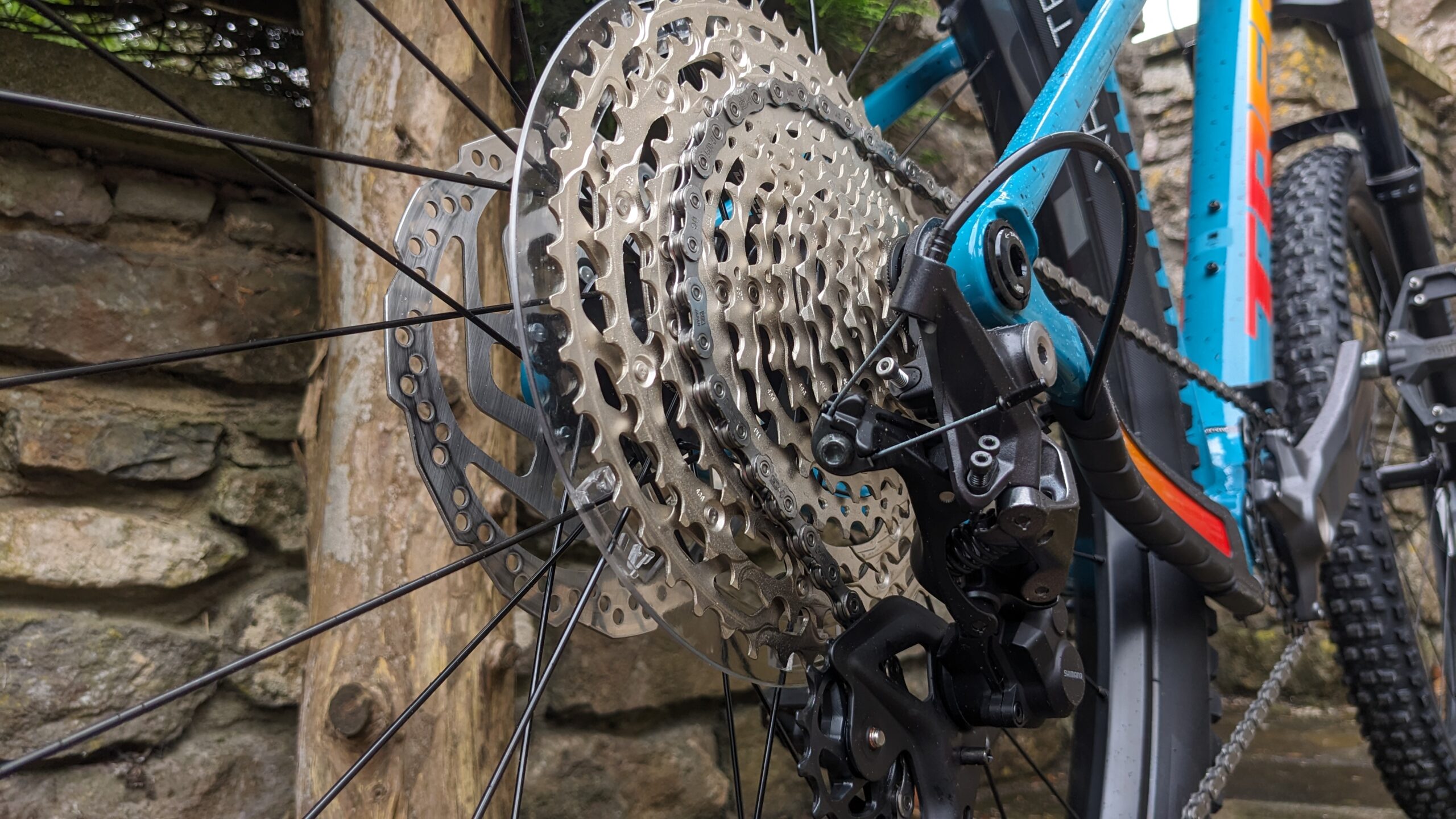
Mudguards
If you haven’t yet fitted mudguards for your winter rides, trust me, you’re missing out! They might not have the cool factor or be the most aerodynamic, but riding on wet roads or trails with mudguards makes a world of difference in terms of comfort compared to riding without them. First off, they significantly reduce splashback from your tires, keeping your gear, especially your rear end, clean, dry, and warm.
Moreover, mudguards act as a protective shield for your bike, guarding it against abrasive elements like water, grit, and mud that could infiltrate crucial moving parts and cable housings. When installing them, take care to prevent any rubbing against your frame. If attaching mudguards directly to your frame, consider applying frame protection at the mounting points (typically the forks and rear chainstay) to prevent grit from causing premature wear on your paint job underneath the mounting rubber.
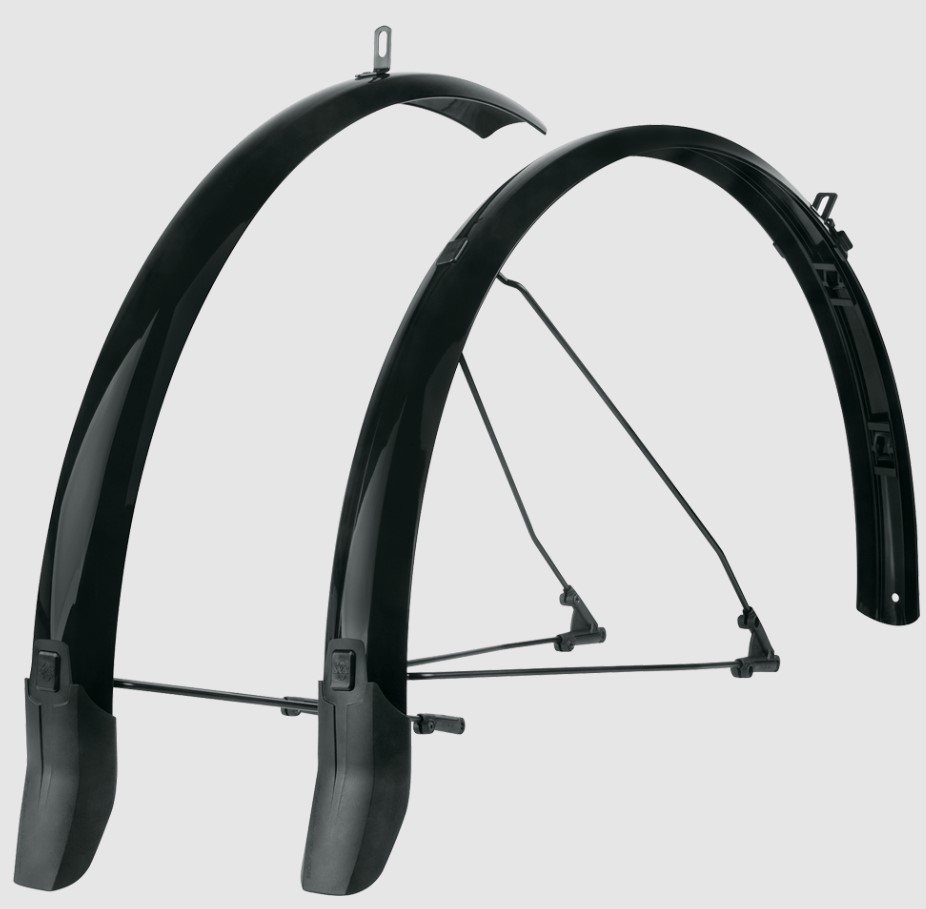
Tyre choice
In winter, roads get messier with debris and rain, raising the odds of punctures. It might be a good moment to swap your lightweight summer slick tires for wider, more puncture-resistant ones. Consider going up a size—opting for 28mm, if your frame permits, can be a reliable choice. For those riding modern bikes, check if your rims support tubeless tires. If they do, switching to a tubeless setup is highly advantageous. If you’re a bit hesitant, carrying a spare inner tube along with the regular tubeless puncture plugs provides added reassurance. Another good idea is to reduce your tyre pressure. Dropping from 100psi down to 85psi for inner tubed tyres will make a noticeable difference in traction, comfort and overall confidence with little in the way of lost watts. Alternatively, do what I did and buy a gravel bike which will take you places previously inaccessible via road bike!
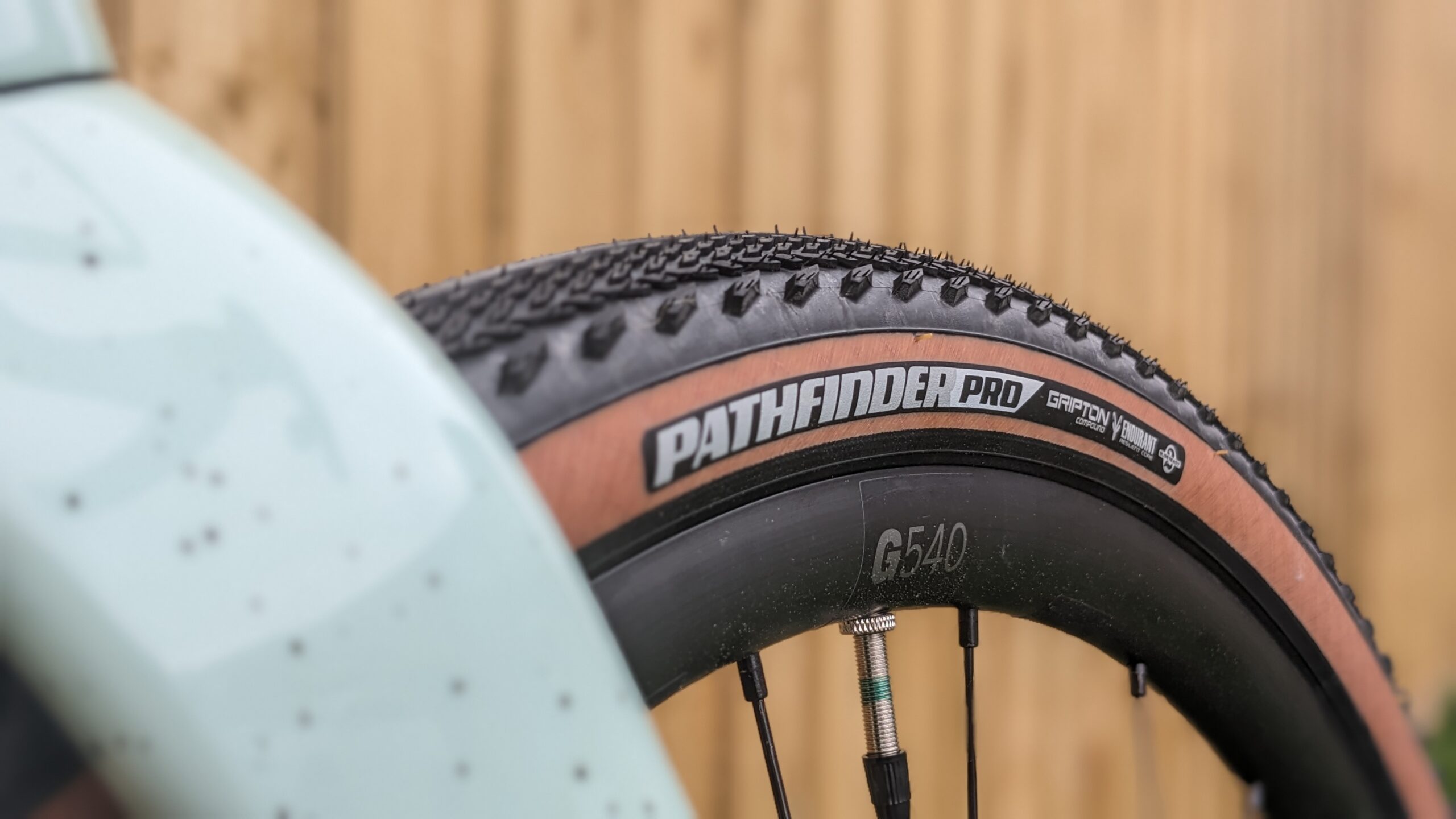
Bearing care
In the UK, rainy days are practically a certainty. Our roads showcase a mix of mud, salt, and rain that can cause trouble for your bike if left unchecked. To prevent issues, start by inspecting your bearings. Ensure they’re well-greased and move smoothly (no rough sensations, please). Pay attention to critical areas like the headset bearings and bottom bracket. Fortunately, you don’t need to disassemble anything—usually, worn-out bearings manifest as audible grinding or creaking noises. If you notice these signs, it’s time for a replacement or a fresh round of grease.
The exact steps may vary based on your bike model, so seeking professional assistance or consulting resources like YouTube for the best DIY practices, if you have the tools, can be helpful.
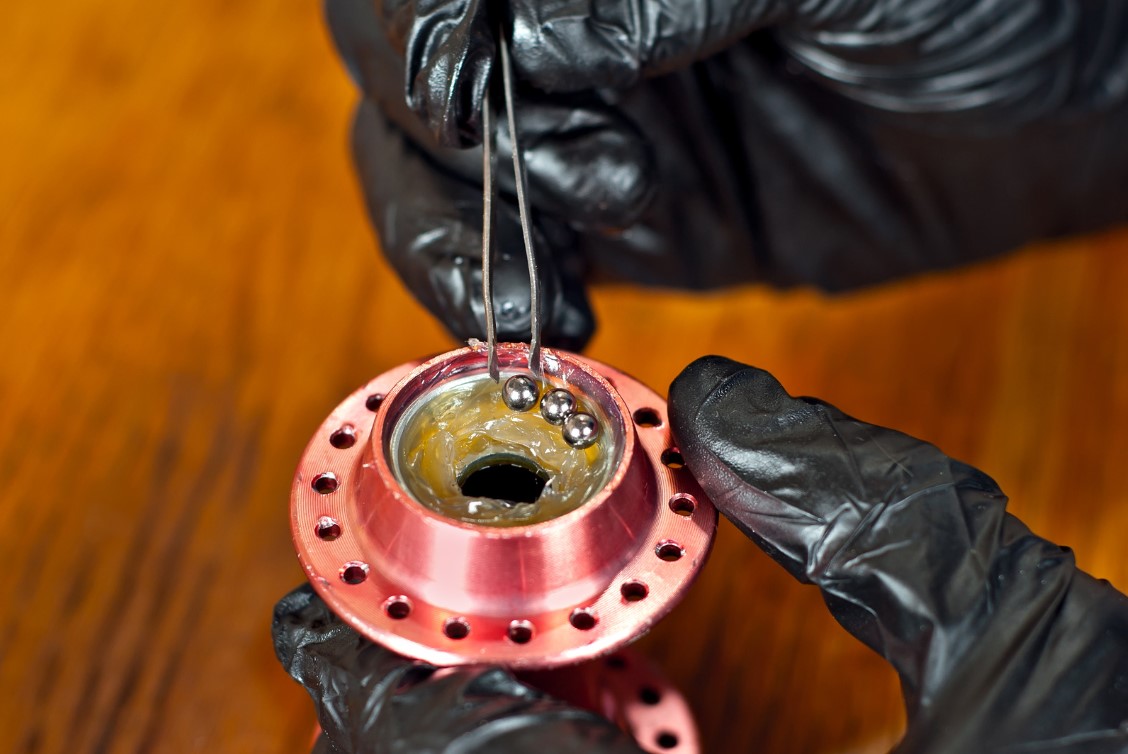

Lights (are a bright idea)
Think about purchasing durable USB-rechargeable lights that are water-resistant—this investment will serve you well for years. There are powerful, high-brightness options available to ensure you ride with confidence even in the darkest conditions.
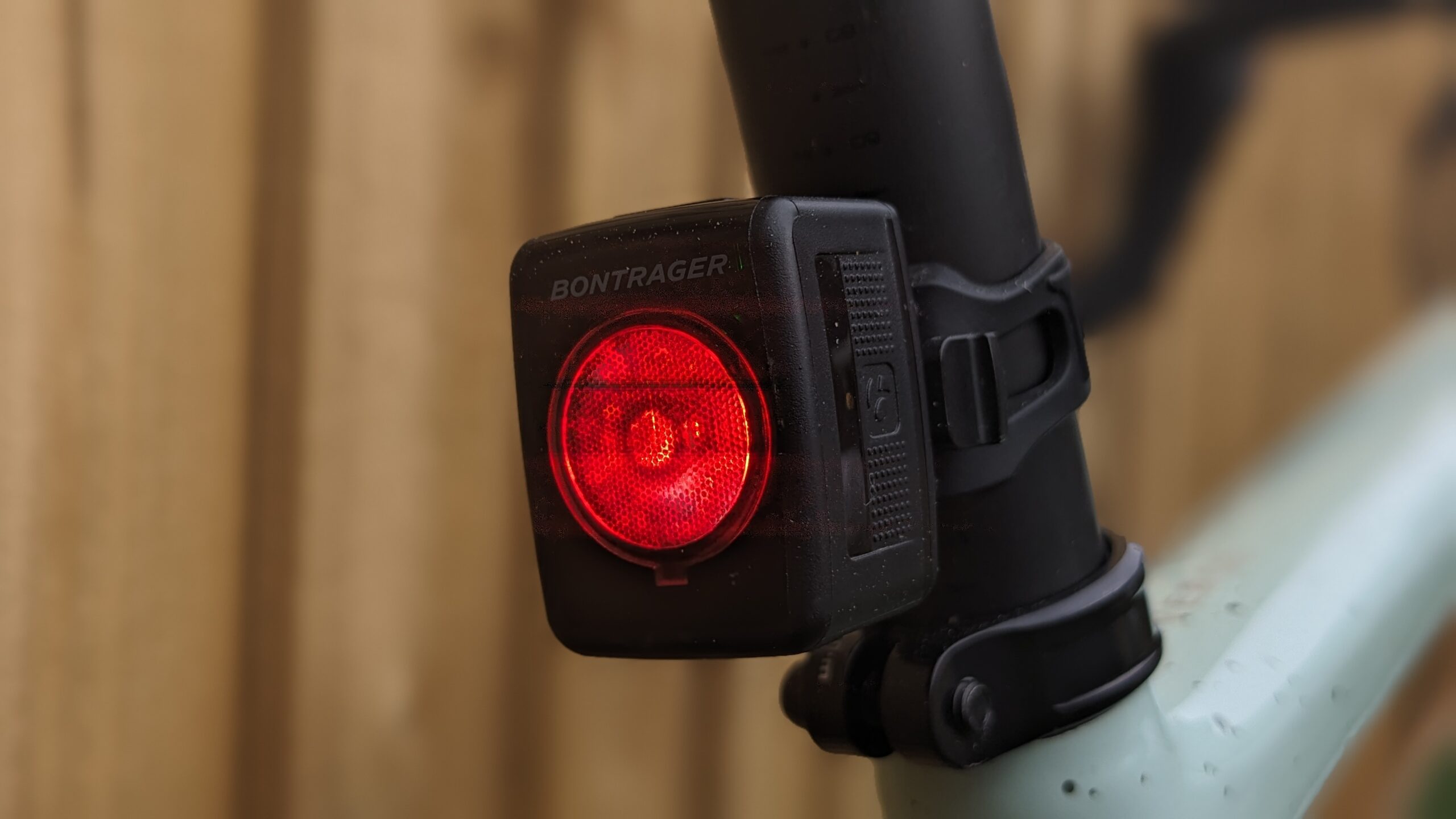
Wash time
Though it might seem a bit bothersome, maintaining your drivetrain after each wet ride is essential. If time is short, a thorough cleaning using a high-quality degreaser to wash away all road grit can make a significant difference. While winter rides may not be the most enjoyable, climbing onto a well-maintained bike with smooth drivetrain is the only way to do it -Mountain bikers, please take note 😉 Cleaning your bike doesn’t have to take very long:
Rinse off the worst dirt with a hose.
Degrease the chain—old kitchen brushes work well for this.
Wash using a microfiber or wool wash mitt with a hot water bike solution.
Rinse thoroughly with a hose.
Dry the bike.
Apply lubrication.
Finish with a bike spray.
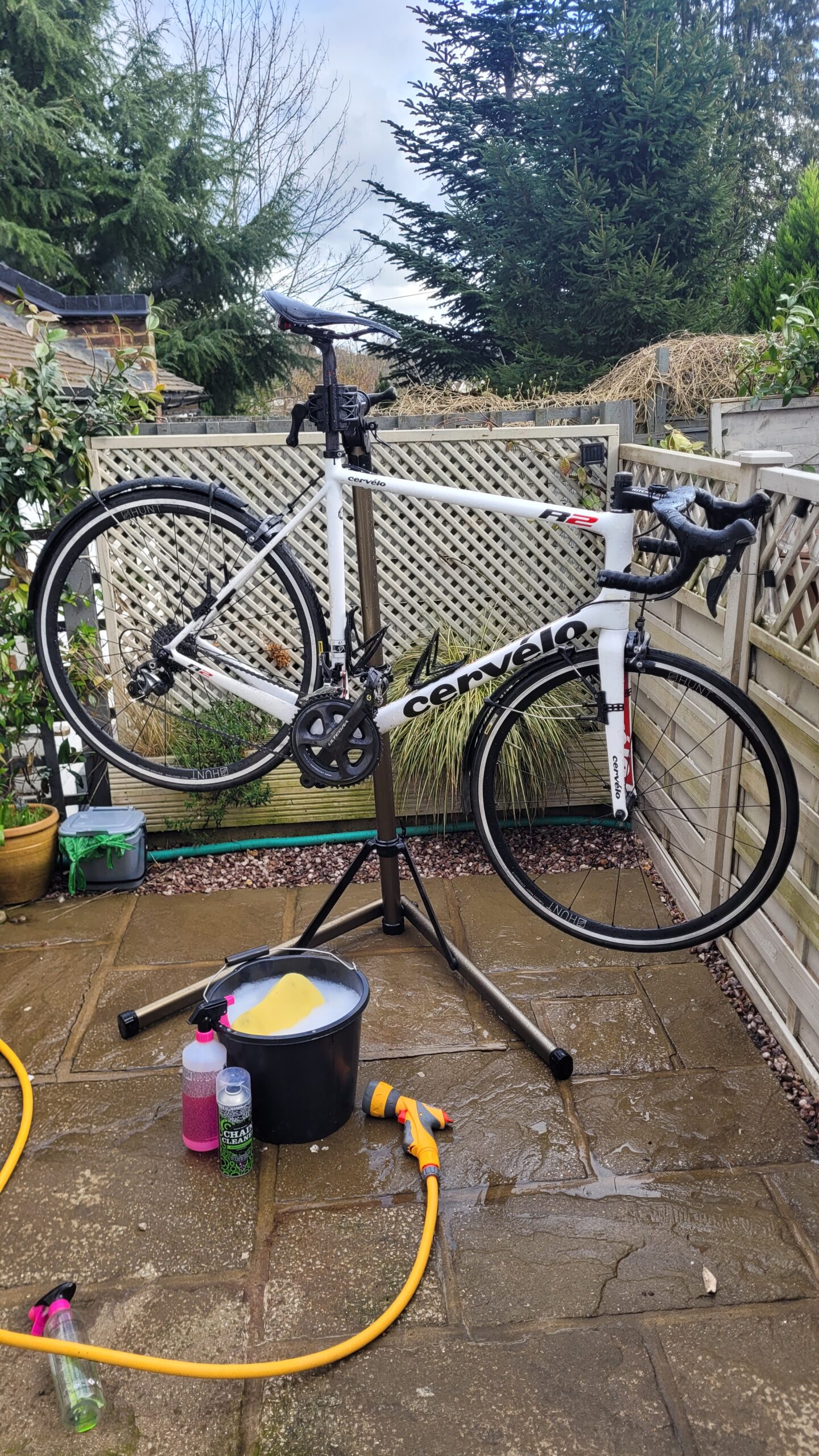
Pack spares
Adverse conditions mean that you’re more likely to puncture and have issues with your bike. At the very minimum you want to pack your saddleback with the following bits:
Road:
2x inner tubes
Compact multi-tool
CO2 pump with 2x canisters
2x plastic tire levers
Nitrile gloves (to protect white bar tape and keep hands clean)
In Case of Emergency (ICE) details on laminated paper
£20.00 note
MTB & Gravel riding:
Spare tube
Multi-tool
Dyna plug
CO2 pump with 2x large canisters
Metal tire levers
Chain link
In Case of Emergency (ICE) details on laminated paper
£20.00 note
Mars bar/energy bar
Get on the turbo
Unpopular opinion perhaps, but you know, there are times when hitting the roads isn’t worth it, especially if conditions and visibility are terrible out there. Have you thought about indoor training? I’ll admit, I had doubts initially, but truthfully, it’s fantastic. Sure, you might miss the sense of accomplishment from a long winter ride, and you’ll still work up a sweat (even with the best fans!), but you’ll stay warm, your bike will remain clean (wipe down after use still required) and most importantly, be a lot safer indoors. It’s worth a try!

Have we missed anything? Let us know what you do to keep your bike running at it’s best during the winter months. If you’re new to Yellow Jersey and our blog, welcome, we hope you enjoy reading our articles! Did you know that Yellow Jersey offer both short term and annual bicycle specific and electric bicycle insurance designed for commuters, sportive riders, mountain bikers and racers alike? Additionally, we offer single and annual multi trip cycle specific travel insurance policies. Need a little assistance? Why not give our customer support staff a call on 0333 003 0046